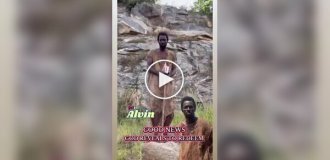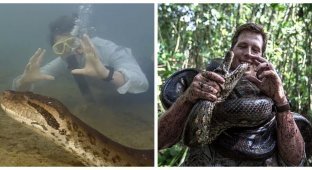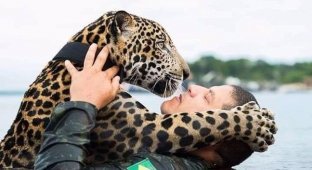The world's largest snake was killed by hunters in the Amazon rainforest (8 photos + 1 video)
The world's largest snake, Ana Julia, discovered by scientists in February this year in the Amazon rainforest, was found dead. Someone shot her. 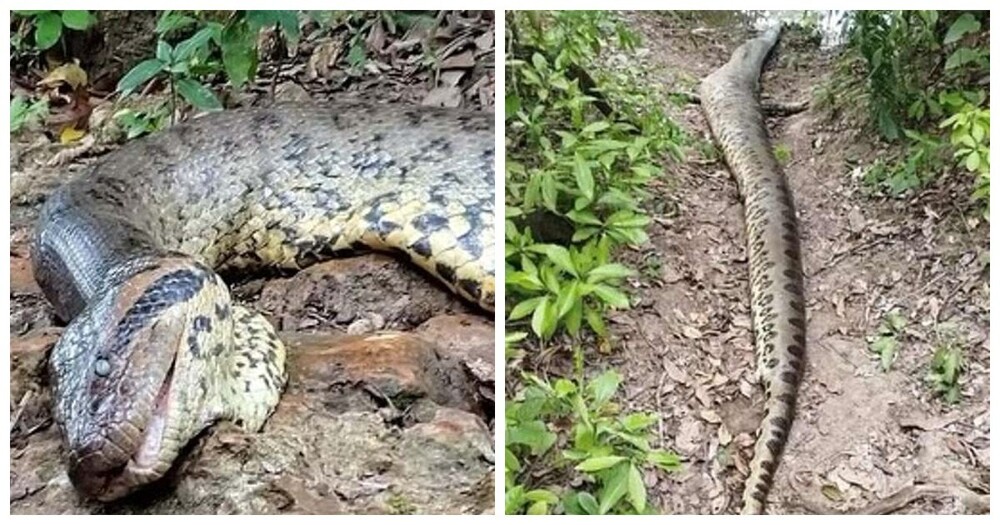
A team of 15 international biologists discovered the northern green anaconda in February and determined it was a new species based on a 5.5 percent difference in its DNA compared to other anacondas. 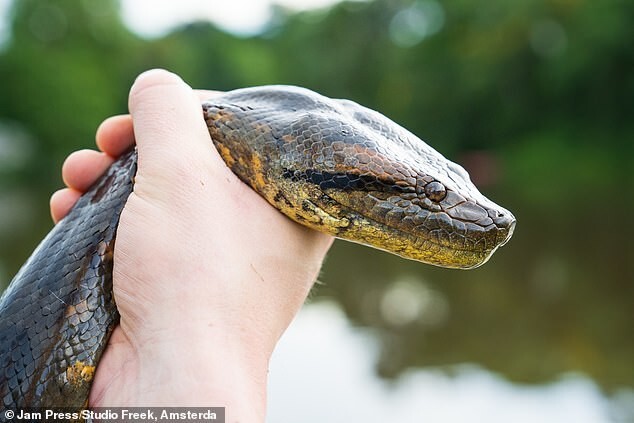
On March 24, the lifeless body of Ana Julia, 8 meters long, was found in the Formoso River in the rural area of Bonito in southern Brazil in the state of Mato Grosso do Sul. 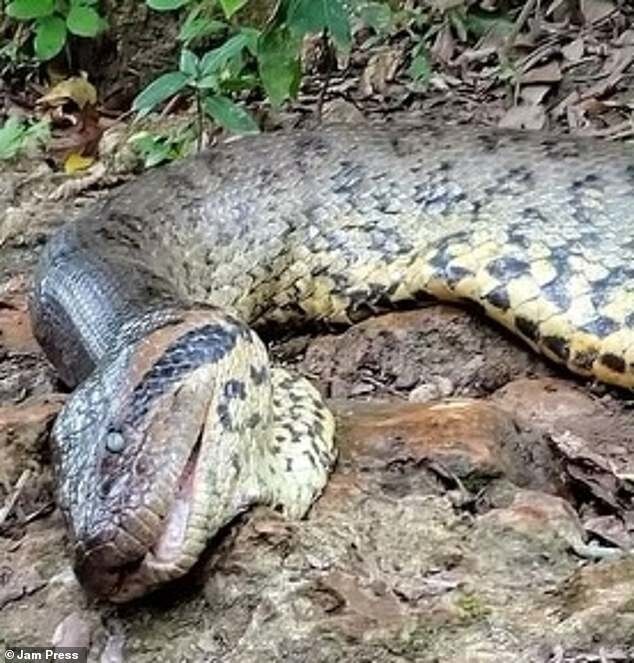
The Dutch researcher who studied this particular individual and helped identify the new species, biology professor Frek Vonk, is very upset and angry about this news. He called the killers of the unique anaconda “sick.” 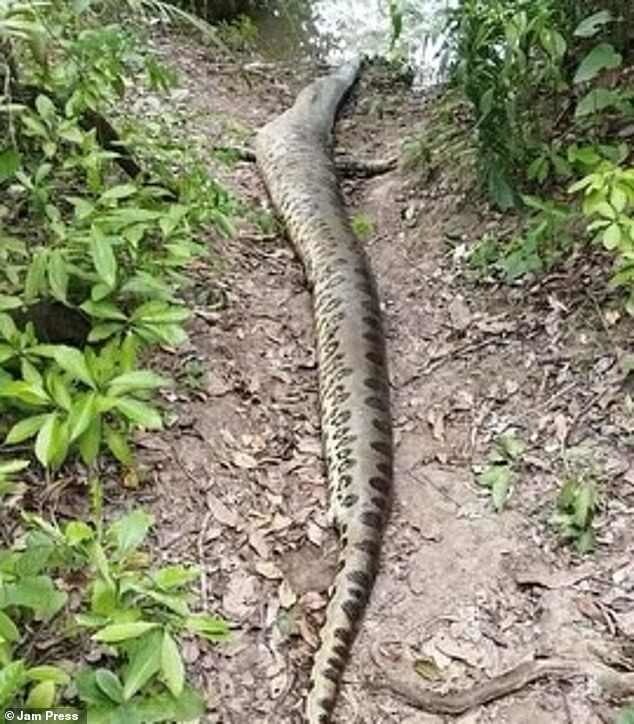
“It is with great pain in my heart that I want to inform you that the mighty big anaconda I swam with has been found dead,” he wrote. “I learned from various sources that she was shot, although there is no official confirmation of the cause of death yet. I am very sad and at the same time terribly angry. How sick do you have to be to do this to such a beautiful and unique animal?”
“As far as we know, she was healthy and in the prime of her life, so she could bear many offspring in the coming years. Since there are not many such giant snakes in the world, the blow to biodiversity has been huge. She was the biggest snake I had ever seen with my own eyes."
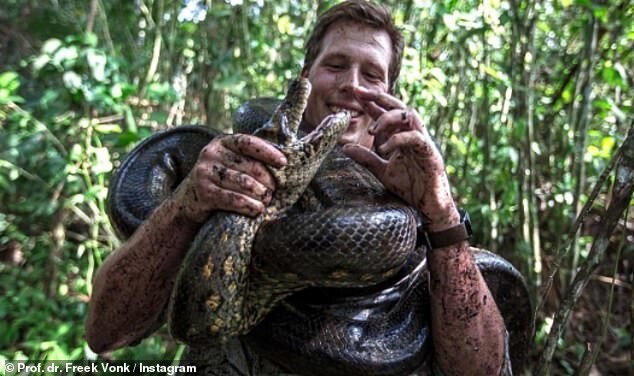
Vonk also called the discovery of the northern green anaconda the highlight of his scientific career.
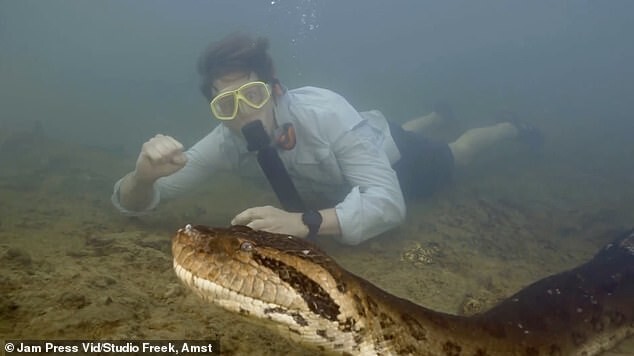
The biologist posted incredible footage of his swim with Ana Julia last month, showing the snake was as thick as a car tire.
According to wildlife director Christian Dimitris, the dead snake is the same one that was caught on camera while he was swimming with Wonka.
“I compared marks on her face that looked like fingerprints,” he said. “This must be the most famous anaconda in the world and completely embodies this region.” Images of the snake have already spread all over the world.”
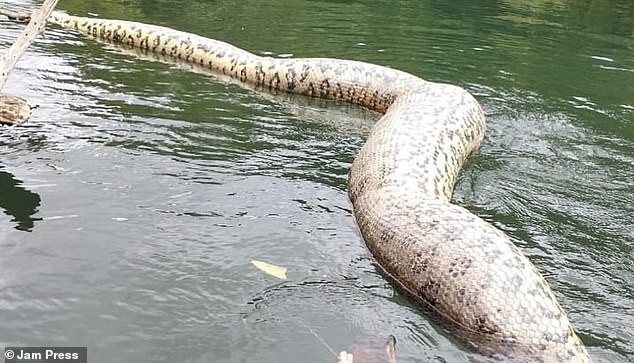
This was confirmed by anaconda specialist, researcher at the University of São Paulo Juliana Terra, who called Ana Julia “the symbol of the Bonito region.”
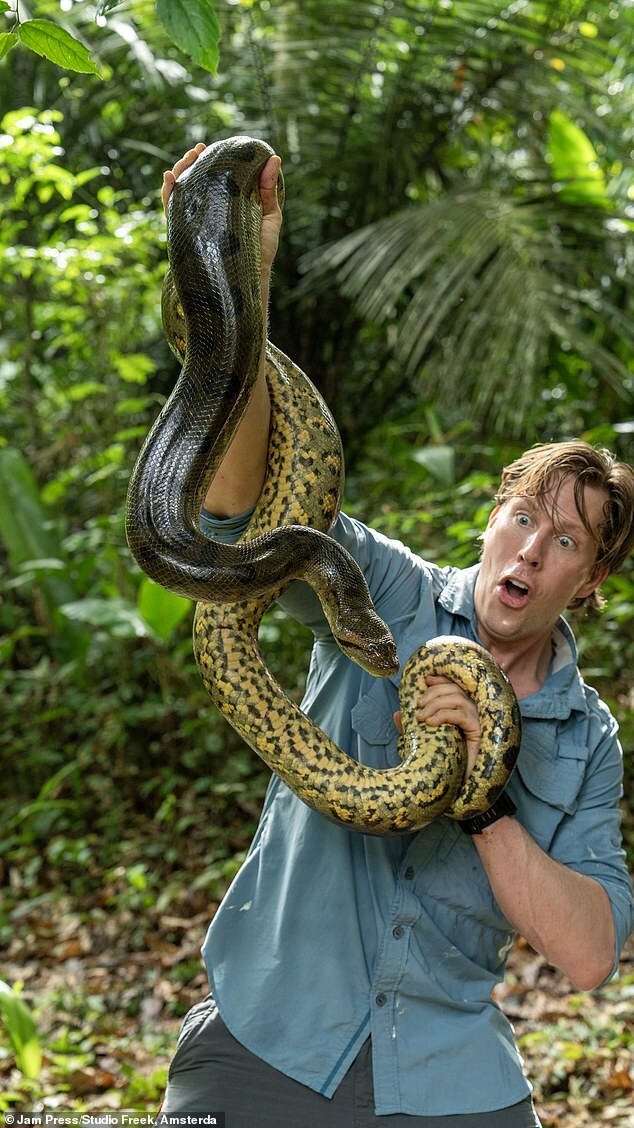
Prior to this discovery, only one species of green anaconda, also called the giant anaconda, had been found in the Amazon.
“As we all know from movies and stories about giant snakes, they are actually two different species,” Frek Vonk said. — Green anacondas, found in the northern part of their range in South America, including Venezuela, Suriname and French Guiana, appear to belong to a completely different species. Although at first glance they look almost identical, the genetic difference between them is 5.5 percent, which is a lot. By comparison, humans and chimpanzees are genetically different from each other by only two percent.”
Researchers gave the new species the Latin name Eunectes akayima, which means “northern green anaconda.” Scientists are concerned that the species is at risk amid climate change and ongoing deforestation in the Amazon.
“More than a fifth of the Amazon has already disappeared, more than 30 times the size of the Netherlands,” Vonk said. “The survival of these iconic giant snakes is inextricably linked to the protection of their natural habitat.”


